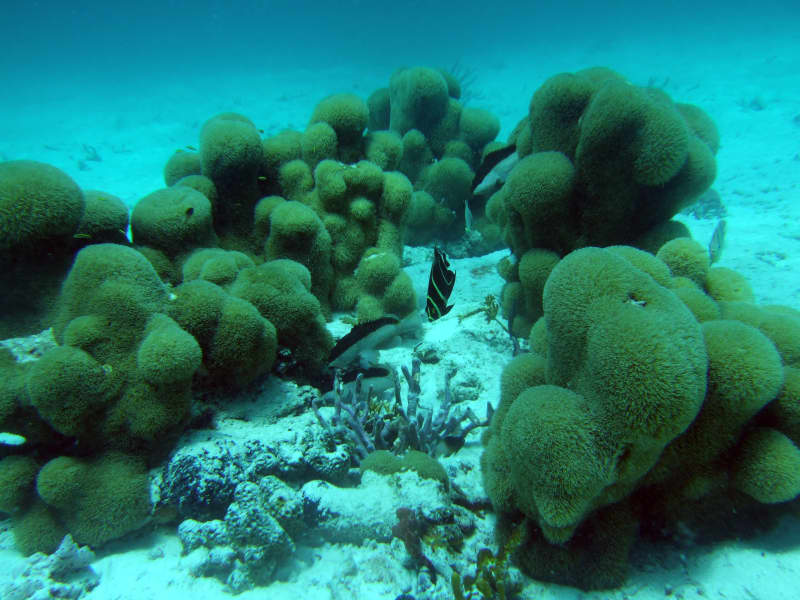The International Union for Conservation of Nature (IUCN) reports on the deteriorating situation of large marine mammals and other marine species. Overfishing, climate change and pollution are the causes of the plight of many species.
The dugong, or sea lamprey, and 44% of abalone species are threatened with extinction. In addition, column corals are now critically endangered.
Numerous human activities are disturbing and threatening marine species, says the International Union for Conservation of Nature (IUCN). Illegal and unsustainable fishing, pollution, climate change and disease are threatening marine life around the world.
The IUCN today announced new updates to its list of threatened animal and plant species. The so-called Red List now includes 150,388 species, of which 40,108 are threatened with extinction. Of the 17 903 species of marine flora and fauna, 1 550 are threatened with extinction. According to the IUCN, climate change is affecting at least 41% of endangered species.
The sea lion is becoming endangered
The dugong populations of East Africa and New Caledonia are especially in the danger zone, the IUCN says. Globally, the dugong is also endangered, but not in such a bad situation. There are less than 250 dugong individuals in East Africa and less than 900 in New Caledonia.
The biggest threat to dugongs is entanglement in fishing nets in East Africa and illegal hunting in New Caledonia. In addition, boat collisions kill individuals of the species in both locations.
Abalone shells are sold as one of the most expensive delicacies in the seas. Unsustainable fishing and illegal fishing, sea heat waves brought by climate change, diseases and pollution are declining abalone. A total of 20 of the world’s 54 abalone species are now threatened with extinction.

Columnar corals from the Caribbean and the Yucatan Peninsula to Florida and Trinidad and Tobago have now been classified as critically endangered instead of their previous endangered status. The populations of these corals shrank by 80 percent between 1990 and today. Coral bleaching exposes them to diseases. Bleaching, on the other hand, is caused by the warming of the seas, antibiotics, fertilizers and waste water.
The countries of the world have gathered at the UN Nature Conference in Montreal, Canada, which started on Wednesday, to negotiate an agreement that could stop the loss of nature.
The main goal of the meeting is to turn the impoverishment of nature into enrichment again, by 2030 at the latest.
